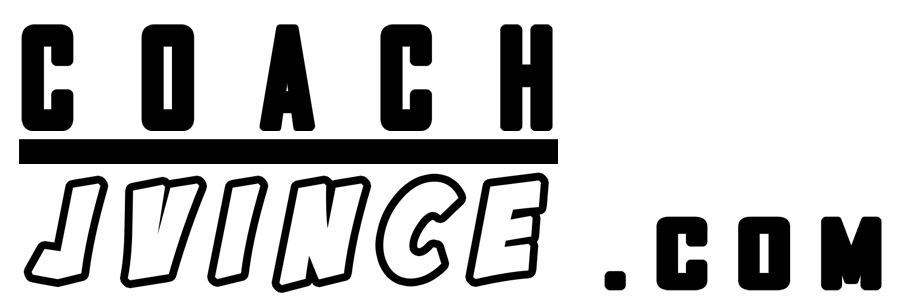As my readers now know, I am a big proponent of utilizing Olympic lifts with my hockey plyers. For more on my rationale check out Olympic Lifting For Hockey if you haven’t already. In short however, the Olympic lift, clean and jerk and snatch, are the ultimate expressions of power and coordination in the gym. Unfortunately, many athletes don’t get the most out of these lifts (or avoid them all together) because of three common mistakes. Over this 3 part series I will breakdown these most common mistakes, and hopefully help hockey players and strength coaches get the most out of this valuable tool.
“OW, my wrists” = Elbows Down
The number one complaint I hear from hockey players and coaches regarding the clean is, “we/I don’t do them cause they hurt your wrists.” This is the by-product of a poor upper body catching mechanics, which leaves the elbows down at the sides, and places the full momentum of the bar down onto a flexed wrist. Of course this repeated stress is going to be uncomfortable (and possibly injurious) for the athlete. For hockey players whos mitts are so important, it makes sense to protect them from this, right? And we can, by fixing the problems with their catch.
What causes the elbows down catch?
Lack of Mobility: First thing to check is the hockey players ability to properly assume the catch position. The easiest way to do this is to get them into a front squat (and no, cross body hold doesn’t count). If the athlete can maintain elbows parallel to floor, while getting into a parallel squat, than we know mobility is not the issue. If they are not capable of this, than this is the first issue to address. Key culprits of this inability to assume the proper rack position are tightness in the Lats, Triceps and Thoracic spine, as well as, upper back and anterior core strength. Check below for some helpful warmups to open up the rack position.
Lack of Understanding: Poor coaching leads to players failing to understand the proper rack position. They think that a catch is a catch (with the hands). However, if we want to protect your hockey players wrists and shoulders, we’ve got to teach them to catch with the shoulders and chest. Accepting the bar with the momentum distributed down the trunk makes much more sense than through the wrist and the forearms. Cue the athlete to pull themselves under the bar, “punch’ their elbows to the ceiling, create a “shelf” with their chest and shoulders and let the bar drop on their shoulders are some ways that I communicate this concept. And finally conquering the mental barrier of fear that the bar is going to hurt when it lands on their shoulders, through the ‘feel’ of accepting the bar with the legs and hips.
Too Heavy/Lack of Quickness in the Hips: As stated in Olympic Lifting for Hockey a main component for improving the skating speed for many hockey players is not just their ability to produce stride length, but how quickly and effectively they can recover that stride back under the hip. The inability to rotate the arms around the bar to catch in a proper rack position, is one the key indicators that your hockey players are missing the boat to develop the carryover qualities that will assist in stride recovery. Once the athlete has completed hip extension and the “pull,” their objective is now to “beat” the bar back down to the ground in order to complete the catch. This is the part that brings with it carryover to skating stride recovery. If the bar is loaded too heavy, they will have to spend too much time completing the pull and thus retard the transition to the catch. This would be akin to completing a stride, but then leaving your foot hanging back in extension. We haven’t effectively produced the force needed to move the weight, with the ability to return to a necessary catch position. They then make up for this by trying to “save” the catch using their arms and absorbing the weight with the elbows down.
“Knuckles Down”: This was the biggest lightbulb for me when I went down and did the USAW-SP1 course with Reggie Hodge and his team at PSP in Ohio (no affiliation, but you bet I chose that course based on the gym name). Firstly, keeping the knuckles to the floor throughout the pull helps to keep the pull vertical, by not letting the elbow translate back. However, I also found it created more urgency in the rotation to the catch by not allowing the option to catch with the hands because relationship of knuckles, wrist, forearm and elbow are no longer in a position to allow it. Having your hockey players try and maintain knuckles to floor as long as possible, will take away the reverse curl and allow them to attack the catch!
Check out an example of a good catch in a Hang Power Clean!
In the video above, notice my knuckles start pointed at the floor and stay that way until the last second. Also, observe how I allow the bar to come down on my shoulders and chest, using my legs as shock absorbers. This is a hang power clean, because of the start position at the hip and the fact I don’t drop to parallel at the knee to catch. This is a typical starting point for most of my athletes.
Tune in to Part 2 and Part 3 for more on my breakdown of the Olympic lifts, and how you can best use them with your hockey players!
As always, thanks for checking out CoachJVince.com and please comment, share and provide feedback. Let’s get the conversation going


2 thoughts on “Common Mistakes Made in the Olympic Lifts (and why your hockey players hate them!) Part 1”